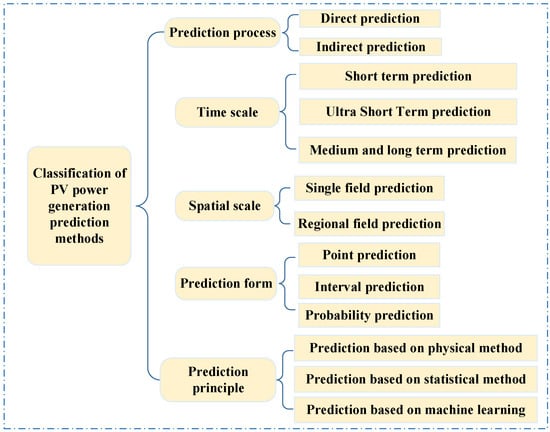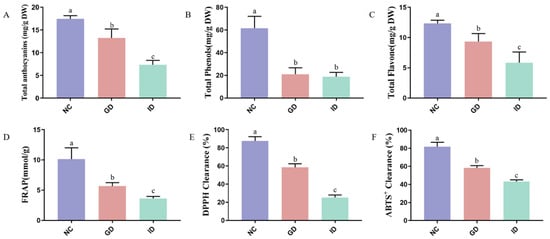Lakes on the Qinghai Tibet Plateau (QTP) are widely distributed spatially, and they are mostly seasonally frozen. Due to global warming, the thickness and phenology of the lake ice has been changing, which profoundly affects the regional climate evolution. There are a few studies about lake ice in alpine regions, but the understanding of climatological characteristics of lake ice on the QTP is still limited. Based on a field experiment in the winter of 2022, the thermal conductivity of Qinghai Lake ice was determined as 1.64 W·m
−1·°C
−1. Airborne radar ice thickness data, meteorological observations, and remote sensing images were used to evaluate a quasi-steady ice model (Leppäranta model) performance of the lake. This is an analytic model of lake ice thickness and phenology. The long-term (1979–2017) ice history of the lake was simulated. The results showed that the modeled mean ice thickness was 0.35 m with a trend of −0.002 m·a
−1, and the average freeze-up start (FUS) and break-up end (BUE) were 30 December and 5 April, respectively, which are close to the field and satellite observations. The simulated trend of the maximum ice thickness from 1979 to 2017 (0.004 m·a
−1) was slightly higher than the observed result (0.003 m·a
−1). The simulated trend was 0.20 d·a
−1 for the FUS, −0.34 d·a
−1 for the BUE, and −0.54 d·a
−1 for the ice duration (ID). Correlation and detrending analysis were adopted for the contribution of meteorological factors. In the winters of 1979–2017, downward longwave radiation and air temperature were the two main factors that had the best correlation with lake ice thickness. In a detrending analysis, air temperature, downward longwave radiation, and solar radiation contributed the most to the average thickness variability, with contributions of 42%, 49%, and −48%, respectively, and to the maximum thickness variability, with contributions of 41%, 45%, and −48%, respectively. If the six meteorological factors (air temperature, downward longwave radiation, solar radiation, wind speed, pressure, and specific humidity) are detrending, ice thickness variability will increase 83% on average and 87% at maximum. Specific humidity, wind, and air pressure had a poor correlation with ice thickness. The findings in this study give insights into the long-term evolutionary trajectory of Qinghai Lake ice cover and serve as a point of reference for investigating other lakes in the QTP during cold seasons.
Full article
 IJMS
IMPACT
IJMS
IMPACT Applied Sciences
IMPACT
Applied Sciences
IMPACT Sustainability
IMPACT
Sustainability
IMPACT Sensors
IMPACT
Sensors
IMPACT JCM
IMPACT
JCM
IMPACT Materials
IMPACT
Materials
IMPACT Molecules
IMPACT
Molecules
IMPACT Energies
IMPACT
Energies
IMPACT Electronics
IMPACT
Electronics
IMPACT Remote Sensing
IMPACT
Remote Sensing
IMPACT Cancers
IMPACT
Cancers
IMPACT Nutrients
IMPACT
Nutrients
IMPACT Mathematics
IMPACT
Mathematics
IMPACT Foods
IMPACT
Foods
IMPACT Buildings
IMPACT
Buildings
IMPACT Polymers
IMPACT
Polymers
IMPACT Animals
IMPACT
Animals
IMPACT Water
IMPACT
Water
IMPACT Plants
IMPACT
Plants
IMPACT Agronomy
IMPACT
Agronomy
IMPACT Biomedicines
IMPACT
Biomedicines
IMPACT Processes
IMPACT
Processes
IMPACT Microorganisms
IMPACT
Microorganisms
IMPACT Diagnostics
IMPACT
Diagnostics
IMPACT Nanomaterials
IMPACT
Nanomaterials
IMPACT Viruses
IMPACT
Viruses
IMPACT Medicina
IMPACT
Medicina
IMPACT Healthcare
IMPACT
Healthcare
IMPACT Cells
IMPACT
Cells
IMPACT Forests
IMPACT
Forests
IMPACT Agriculture
IMPACT
Agriculture
IMPACT Land
IMPACT
Land
IMPACT JMSE
IMPACT
JMSE
IMPACT IJERPH
IJERPH
 Symmetry
IMPACT
Symmetry
IMPACT Genes
IMPACT
Genes
IMPACT Pharmaceutics
IMPACT
Pharmaceutics
IMPACT Coatings
IMPACT
Coatings
IMPACT Micromachines
IMPACT
Micromachines
IMPACT Pharmaceuticals
IMPACT
Pharmaceuticals
IMPACT Atmosphere
IMPACT
Atmosphere
IMPACT Children
IMPACT
Children
IMPACT Religions
IMPACT
Religions
IMPACT Antioxidants
IMPACT
Antioxidants
IMPACT Life
IMPACT
Life
IMPACT Metals
IMPACT
Metals
IMPACT Biomolecules
IMPACT
Biomolecules
IMPACT Vaccines
IMPACT
Vaccines
IMPACT Education Sciences
IMPACT
Education Sciences
IMPACT Minerals
IMPACT
Minerals
IMPACT Horticulturae
IMPACT
Horticulturae
IMPACT Brain Sciences
IMPACT
Brain Sciences
IMPACT JPM
IMPACT
JPM
IMPACT Bioengineering
IMPACT
Bioengineering
IMPACT















